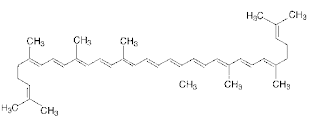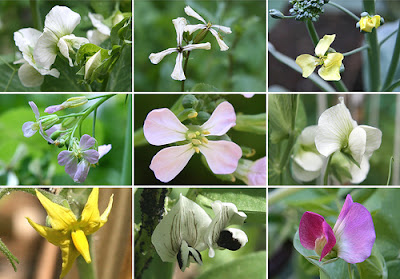 about garden design .. i have been thinking that a garden could be designed using the researched gained to date and also incorporating the flowers and plants associated with diet and health
about garden design .. i have been thinking that a garden could be designed using the researched gained to date and also incorporating the flowers and plants associated with diet and health
http://www.chelseaphysicgarden.co.uk/garden/index.html http://www.chelseaphysicgarden.co.uk/garden/gowm.html Oncology bed . chelsea physic garden Camptotheca acuminata, Catharanthus roseus , Papaver somniferum, Podophyllum hexandrum, Podophyllum peltatum, Taxus baccata, Taxus brevifolia

















